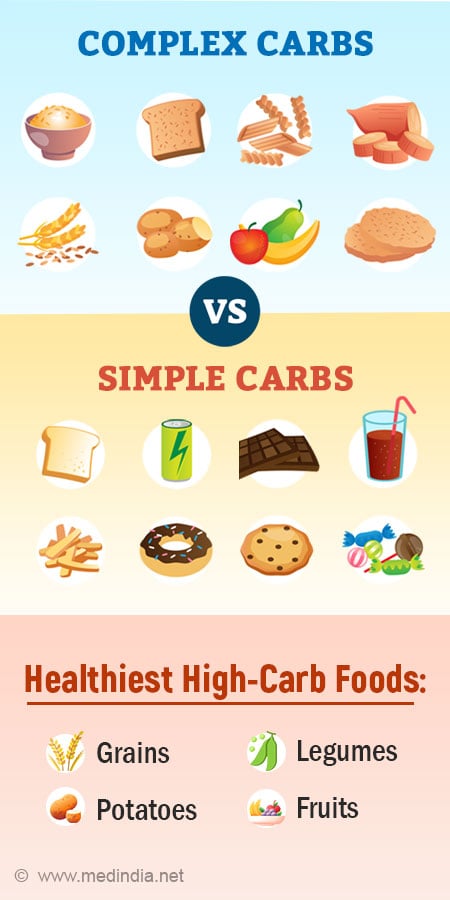CSP Insights
Your go-to source for the latest in news and information.
Why Your Pasta Should Never Feel Guilty
Discover how to enjoy pasta without guilt and explore tips for a balanced lifestyle that lets you savor every delicious bite!
The Nutritional Benefits of Pasta: Why It's a Guilt-Free Pleasure
Pasta is often misunderstood in the realm of nutrition, but when enjoyed in moderation, it can be a nutritional powerhouse. Made primarily from durum wheat, pasta is a rich source of carbohydrates, which are essential for providing the body with energy. Whole grain varieties, in particular, are packed with fiber, which aids in digestion and helps maintain a healthy weight. Furthermore, the presence of B vitamins in pasta contributes to overall metabolic health, supporting energy production and brain function. Incorporating pasta into a balanced diet allows for a delicious way to fuel your body without guilt.
When it comes to choosing healthy pasta options, consider pairing your dish with nutrient-dense sauces and toppings. For instance, adding fresh vegetables, lean proteins, and healthy fats like olive oil can elevate a simple pasta dish into a well-rounded meal. Additionally, pasta is incredibly versatile; whether it's a classic marinara, a vibrant pesto, or a hearty bolognese, you can tailor your meal to suit both your taste buds and dietary needs. Embrace pasta not just as a comfort food, but as a guilt-free pleasure that nourishes both the body and soul.

Debunking Common Myths: Is Pasta Really Bad for You?
Many people believe that pasta is inherently unhealthy, often associating it with weight gain and other negative health outcomes. This misconception largely stems from the rise of low-carb diets, which have led to the demonization of carbohydrates as a whole. However, pasta can be a part of a balanced diet when consumed in moderation. In fact, whole grain and legume-based pastas provide essential nutrients and can be beneficial for energy, especially when paired with nutrient-rich sauces and fresh vegetables.
Another common myth is that pasta should be completely avoided for those watching their blood sugar levels. While it is true that traditional white pasta can cause spikes in blood sugar, choosing whole grain options or pairing pasta with protein and fiber-rich foods can help mitigate these effects. Additionally, the glycemic index of pasta can be lowered by cooking it al dente, which allows for a slower release of glucose into the bloodstream. Therefore, rather than eliminating pasta from your diet, it's important to focus on portion control and the overall composition of your meals.
How to Enjoy Pasta in a Balanced Diet Without Feeling Guilty
Pasta can be a delightful addition to a balanced diet when enjoyed in moderation and prepared thoughtfully. To savor your favorite pasta dishes without the guilt, consider starting with whole grain or legume-based pasta options. These varieties contain more fiber and nutrients than traditional white pasta, promoting better digestion and keeping you full longer. Additionally, balancing your meal with plenty of vegetables and lean proteins can transform your plate into a nourishing feast. For instance, pairing pasta with a colorful array of sautéed veggies and grilled chicken enhances flavor and nutrition, ensuring you feel satisfied and guilt-free.
Another key to enjoying pasta is practicing portion control. Instead of filling your plate to the brim, aim for a serving size of about 2 ounces of dry pasta, which typically expands to about one cup when cooked. You can also experiment with creative pasta dishes that incorporate more vegetables, such as zucchini noodles or cauliflower pasta, to reduce the calorie count while still savoring a comforting meal. Finally, don’t forget to savor each bite—mindful eating helps you enjoy your food more and can reduce the likelihood of overindulging. With these tips, you can enjoy your pasta guilt-free while maintaining a balanced diet.